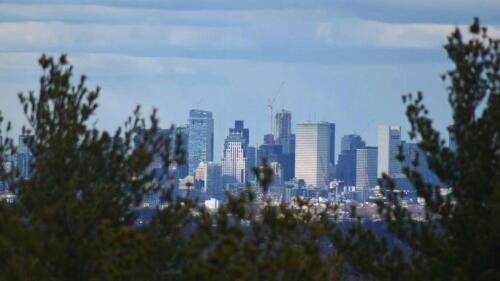ICYMI — earlier this week, a new federal report released the most recent findings from National Oceanic and Atmospheric Administration (NOAA). According to the study, US coastlines are expected to increase by approximately a foot by 2050.
What does that mean for Boston?
New England is expected to be the most impacted by the rising oceans in the northeastern US. Boston could see even more water than other areas with an expected 16 inches of sea level rise.
Boston currently experiences high-tide flooding, and moderate coastal flooding is expected to occur 10 times as often by 2050.
Before the water gets rough — the City of Boston has a climate change plan in place with almost 40 initiatives specific for each neighborhood that would be impacted by rising sea levels.
The Reliesent Boston Harbor concept focuses on protecting our coastal community, creating resilient and accessible open spaces + preparing buildings and infrastructure.
There is also coastal resilience neighborhood planning in place for Downtown, Chinatown, East Boston, South Boston, Charlestown + Dorchester.
What can you do to get involved?
If you are curious about the status of these community projects, you can stay up to date with this tracking tool from the city.
As a resident or local home + business owner, you can prepare by understanding your risk of being impacted by a potential flood + what to do when the waters start to rise. Find where you are on the flood map.
The New England Aquarium also has resources for ways to support the environment and get involved in local conservation.
Do you have a sustainability story you want to share with the community? Share it.
If you’re interested in the full report, learn more about rising sea levels.











